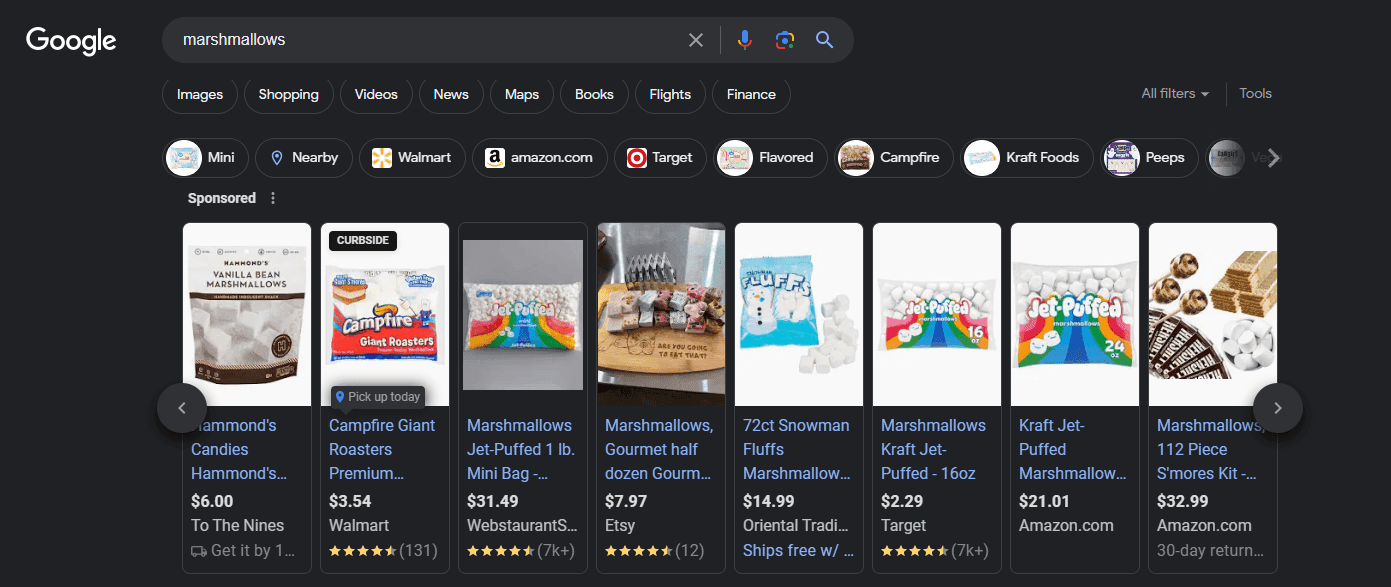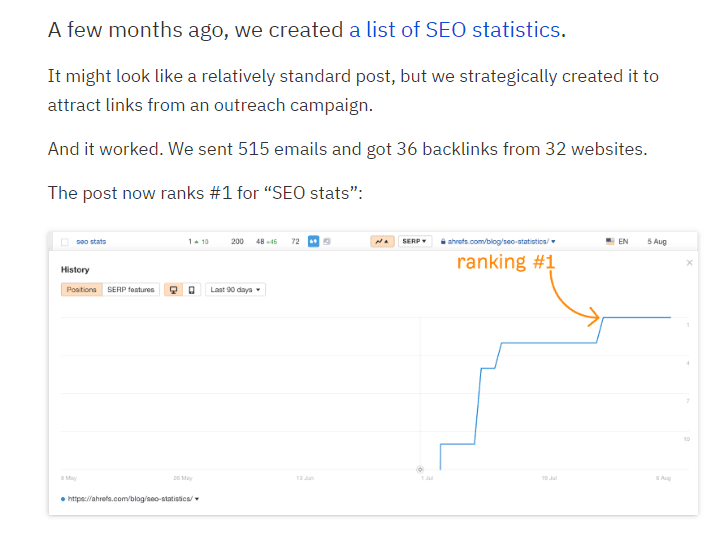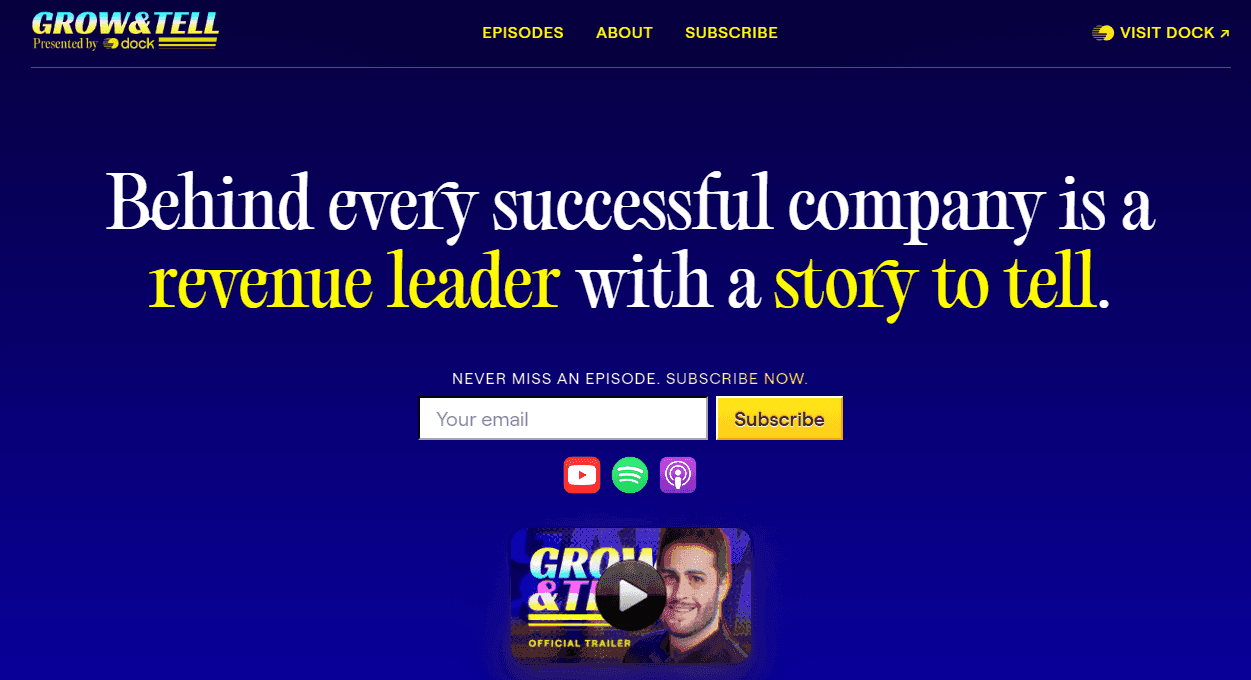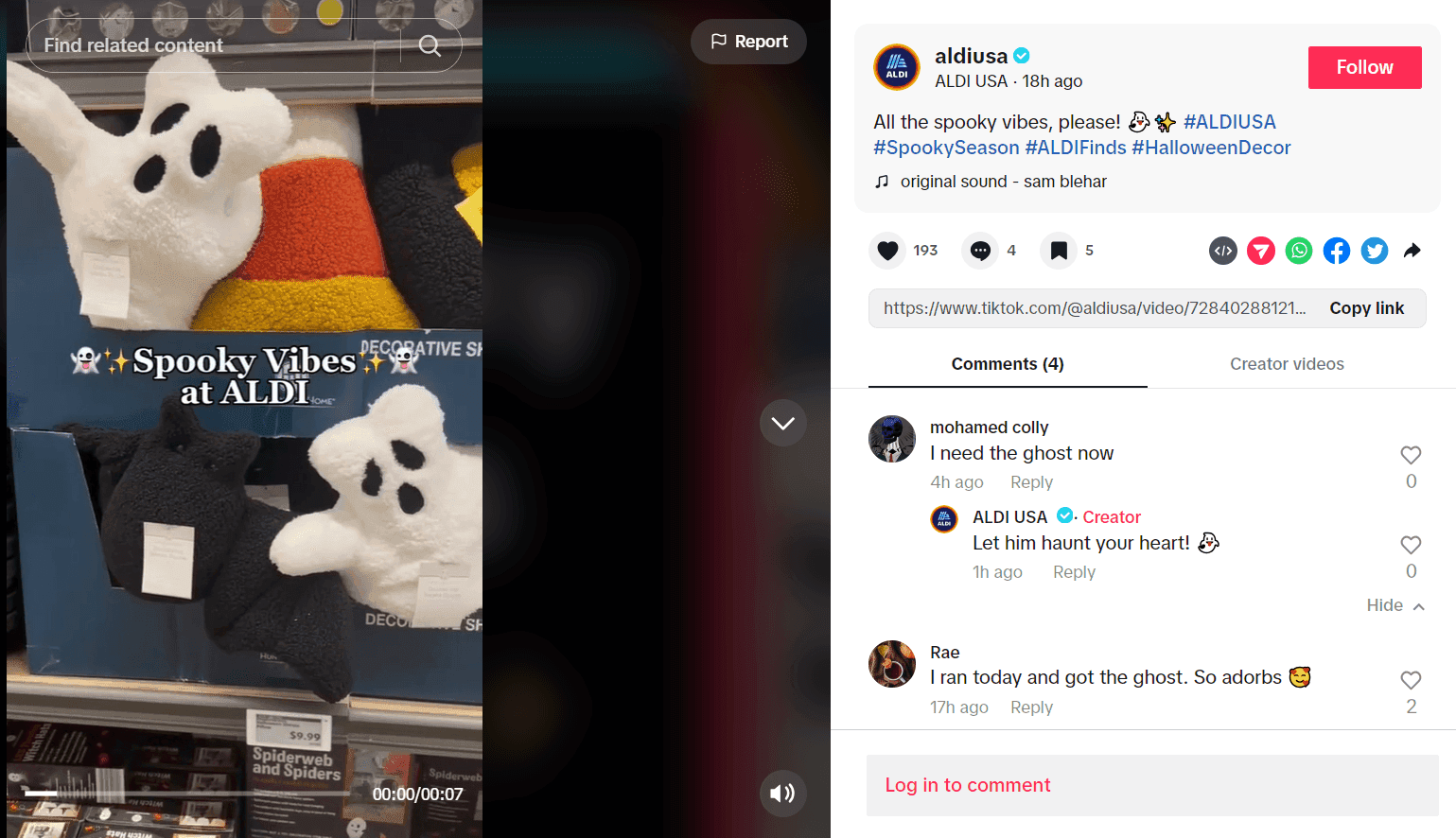Digital marketing works a little like financial investment — you build a “portfolio” of channels with their specific strengths to make a well-rounded strategy. Let’s go over some of the most popular digital marketing channels and the role they could play in your tactics.
What Is Digital Marketing?
Digital marketing refers to marketing you perform on digital platforms such as mobile phones and the internet. If you can deliver your marketing through a computer or phone screen, chances are it’s a digital marketing practice.
You can get a good idea of digital marketing by checking out our roundup of ideas. Some examples include building an email list and engaging your followers on social media.
What Are Digital Marketing Channels?
A digital marketing channel is a platform where your marketing appears on digital devices. While marketing channels are any outlet where you can connect to your customers, digital marketing channels narrow that list down to those related to gadgets like PCs and phones. Like with other marketing channels, the importance of digital marketing channels lies in their potential for key tasks like promotion and market research.
10 Key Digital Marketing Channels
Here are 10 of the most popular digital marketing channels and how they work:
1. Search Engine Optimization (SEO)
Search engine optimization (SEO) is the practice of making your website easier to find on search engines like Google and Bing. Typically, SEO marketers create an SEO strategy that involves finding the right keywords to emphasize on their website. The goal is for visitors to search specific keywords and find their website in the top results.
Advanced SEO techniques involve tactics like link building, where a marketer encourages others to link back to their site for a higher priority in search engine results. For example, Ahrefs achieved a lot of backlinks by creating a page of statistics that others would want to cite in their content.
2. Social Media Marketing
In social media marketing, marketers post content on social media and interact with other accounts to become more visible on platforms like Facebook and Instagram. With so many people spending their free time on social media, social media marketing lets you expose your brand to thousands of people.
If you invest in social media marketing, you’ll need to narrow your strategy to the right platforms for your audience. For instance, if you run a fashion ecommerce brand, Instagram’s emphasis on visuals could serve you well. Little Women Atelier takes advantage of Instagram’s content by highlighting the cottagecore aesthetic associated with its dresses.
3. Email Marketing
Email marketing involves connecting with your customers over email. Customers sign up for your list, and you send them emails that build their trust and promote your product. Since it’s an opt-in process, you’ll have an audience who wants to read what you send them, making it easier to get a positive response.
Emails are a popular channel for brands to share promotions on. For example, sewing supplier WAWAK sends regular emails to share daily specials.
But, of course, emails offer plenty more possibilities than just promotions. Read our list of email marketing ideas to understand how wide the scope can go.
4. Content Marketing
You’re currently reading an asset for content marketing. Content marketing refers to raising awareness about your brand and product through content like blog posts, interactive tools, and videos. This practice aims to deliver interesting and engaging content that inspires visitors to learn more about your brand.
While blog posts often come to mind as a format for content marketing, podcasts are also a growing medium to try. Dock runs a podcast on business growth called Grow & Tell that drives its content strategy as much as its blog. It even recently hired a content strategy coordinator to manage podcast-related tasks specifically.
For even more inspiration, browse our collection of content marketing examples from top brands.
5. Affiliate Marketing
Affiliate marketing is digital advertising where you pay third-party publishers to promote your products or services. It gives you more places where your brand is mentioned and provides publishers with content and earnings. This ad model still has plenty of potential in 2023, but watch for affiliate marketing scams that lead to wrongfully earned commissions.
One major brand with an affiliate marketing program is GoDaddy. Site owners can place a GoDaddy link or banner on their website and receive a commission when someone clicks on it. In exchange, GoDaddy raises more awareness about its products.
6. Mobile Marketing
Since it involves any marketing practice related to mobile phones, numerous tactics fall under the mobile marketing umbrella. It can include approaches like:
- Mobile ads
- Promotional apps
- Text message marketing
Mobile marketing works especially well for audiences who use their phone often, including tech-savvy people of any age and younger demographics. Identify what technology they use most on their phone and market your brand there.
Food delivery service Mercato uses texts to remind customers that their service is available for them to get their necessities. Thanks to the fast nature of texting, it could count on its customers to receive its message during the weekend while it’s timely.
7. Paid Search (SEM)
In addition to SEO, search marketing has another popular channel: paid search, also known as search engine marketing (SEM). SEM can include SEO, but when referred to separately from SEO, it covers paid tactics for raising your availability on search engines. Search engines provide ad space to buy that places your brand or product at the top of results pages.
SEM ads come in various forms, including Google Shopping ads. Look how when I search “marshmallows,” all sorts of listings for marshmallow products come up at the top of the search engine results.

8. Native Advertising
Also known as sponsored content, native advertising encompasses ads designed to work with the surrounding content. The three main types of native ads are:
- In-feed ads that blend in with surrounding content on a publisher’s site
- Content recommendations that appear beside a publisher’s content
- Branded content in the form of unique content on a publisher’s website
PC Gamer runs in-feed ads on its home page in the form of coupon codes. They match the rest of the home page formatting but take you outside the site.

You can find even more examples in our guide to native advertising.
9. Video Marketing
Video marketing refers to marketing on digital video platforms. It includes both short-form and long-form videos. The various video marketing ideas we have to share demonstrate how diverse this channel can be.
You’ll often see video marketing cross over with other marketing channels since video is such a versatile content format. For example, Aldi’s TikTok page has elements of video marketing and social media marketing since TikTok is a video-centric social media platform. The marketers behind its TikTok page keep best practices for both social media marketing and video marketing in mind to succeed.
10. Pay-Per-Click Advertising
Popular ad platforms usually follow the pay-per-click advertising (PPC) system, where you pay a certain amount every time someone clicks your ad. The keywords you target and the goals you set determine how much you owe when you get a click. You can invest in PPC for search engine ads, social media ads, and ads that appear on other websites.
Here’s an example of the last category — websites. Mashable runs ads on its website that it pays for whenever someone clicks on them.
How To Choose The Right Digital Marketing Channels For Your Business
Developing an effective digital marketing channel strategy involves choosing channels that align with your marketing and business goals. Use these tactics (in no particular order) to scope out potential marketing channels:
- Evaluate your budget: Investing in some channels, such as paid search, costs more than starting others, like organic social media marketing. Look over your marketing budget and think about how much you can afford to spare to experiment with new channels.
- Know your audience: Perform in-depth customer research to understand where your audience gets exposed to marketing and what resonates with them most. For example, if your audience likes to use recipes, maybe you could check out native ads on recipe sites.
- Think of your strengths: Reflect on what marketing skills you excel at and look for channels where you can make the most out of them. For example, if you have a successful personal TikTok account, you could check out video or social media marketing.
Power Up Your Digital Marketing Strategy
Choosing the right channels for your brand and audience improves your overall digital marketing strategy, especially when you factor your strategy into your choices. As you establish your channels, reference and adjust your digital marketing strategy alongside them for more consistent results.








